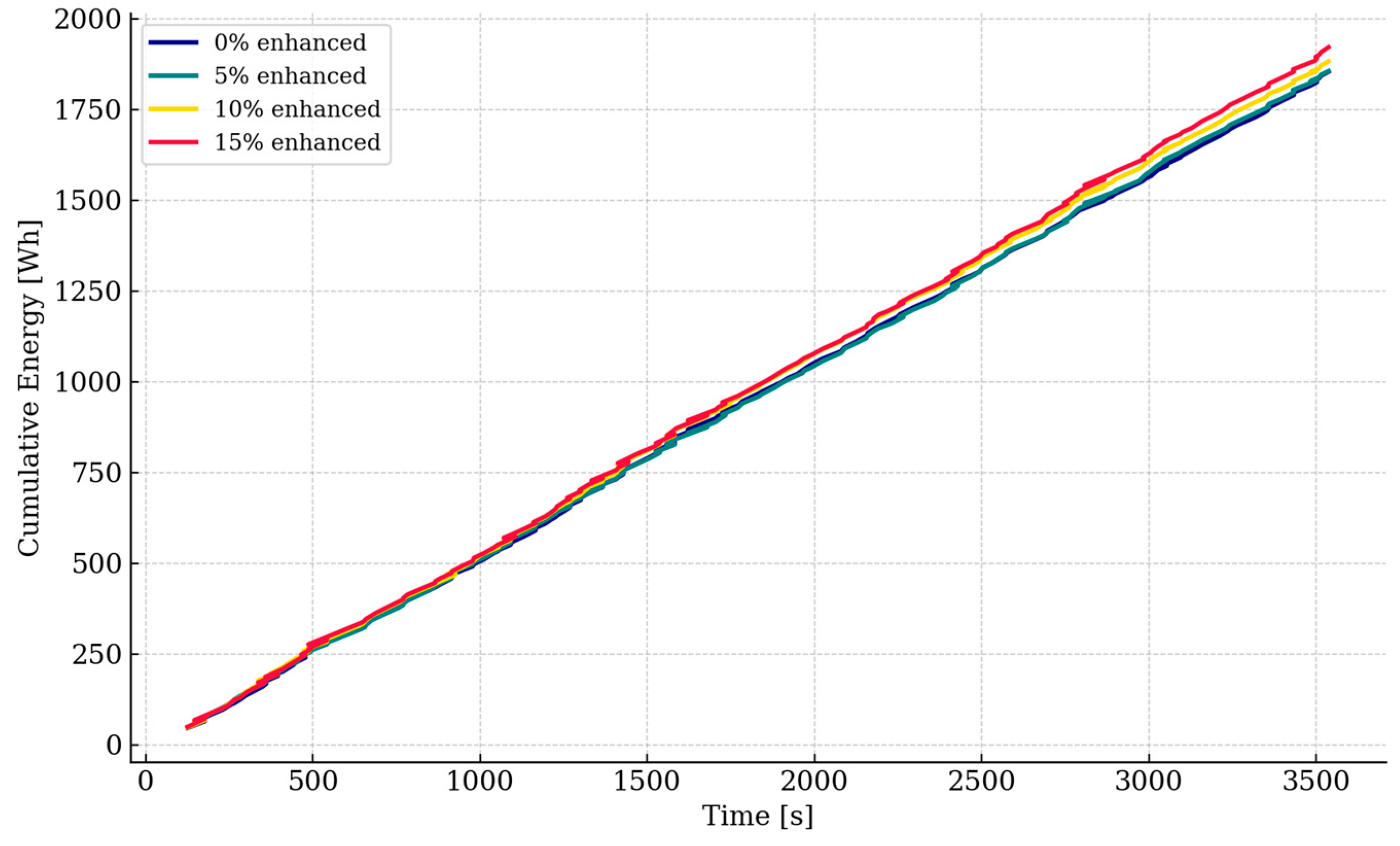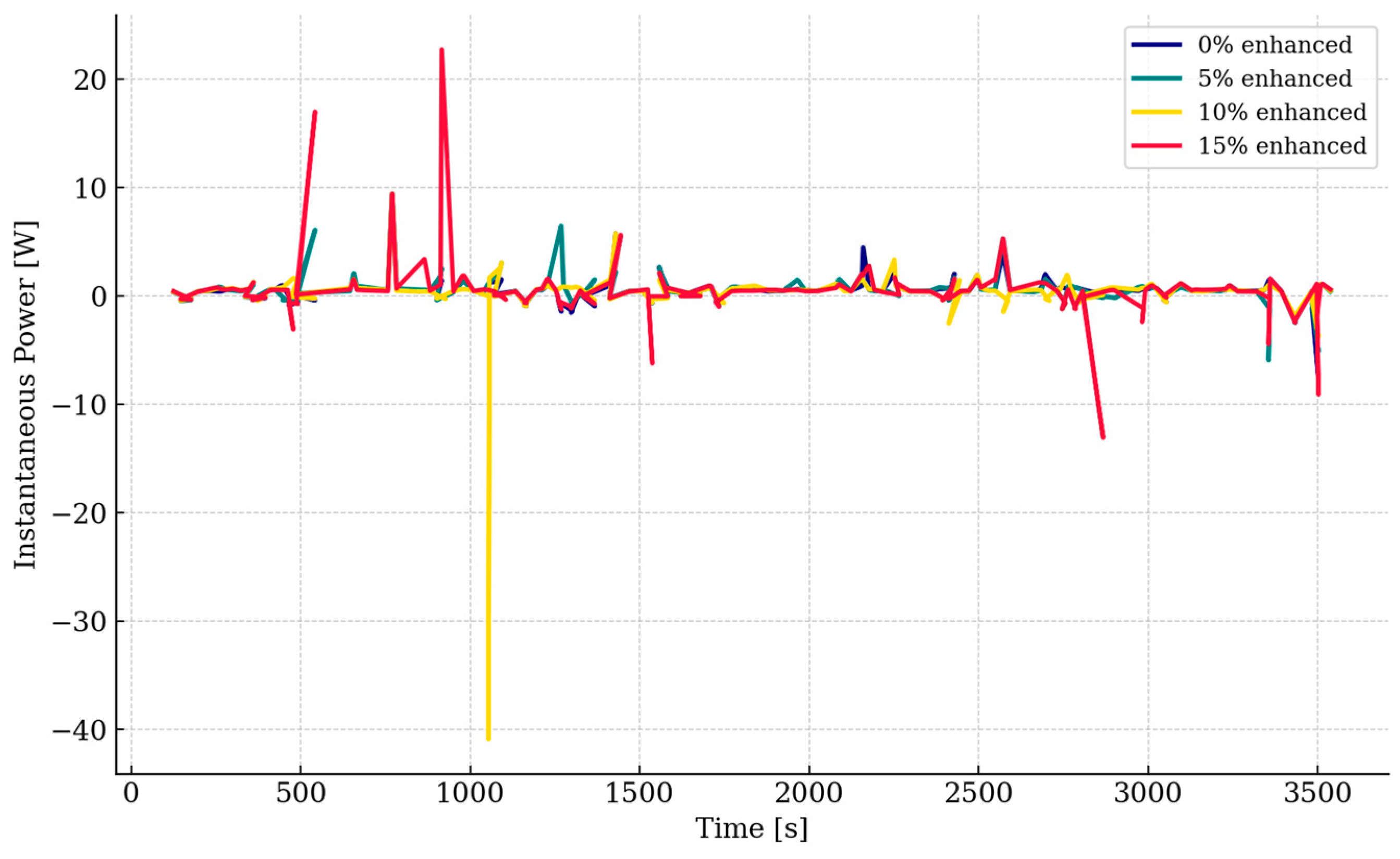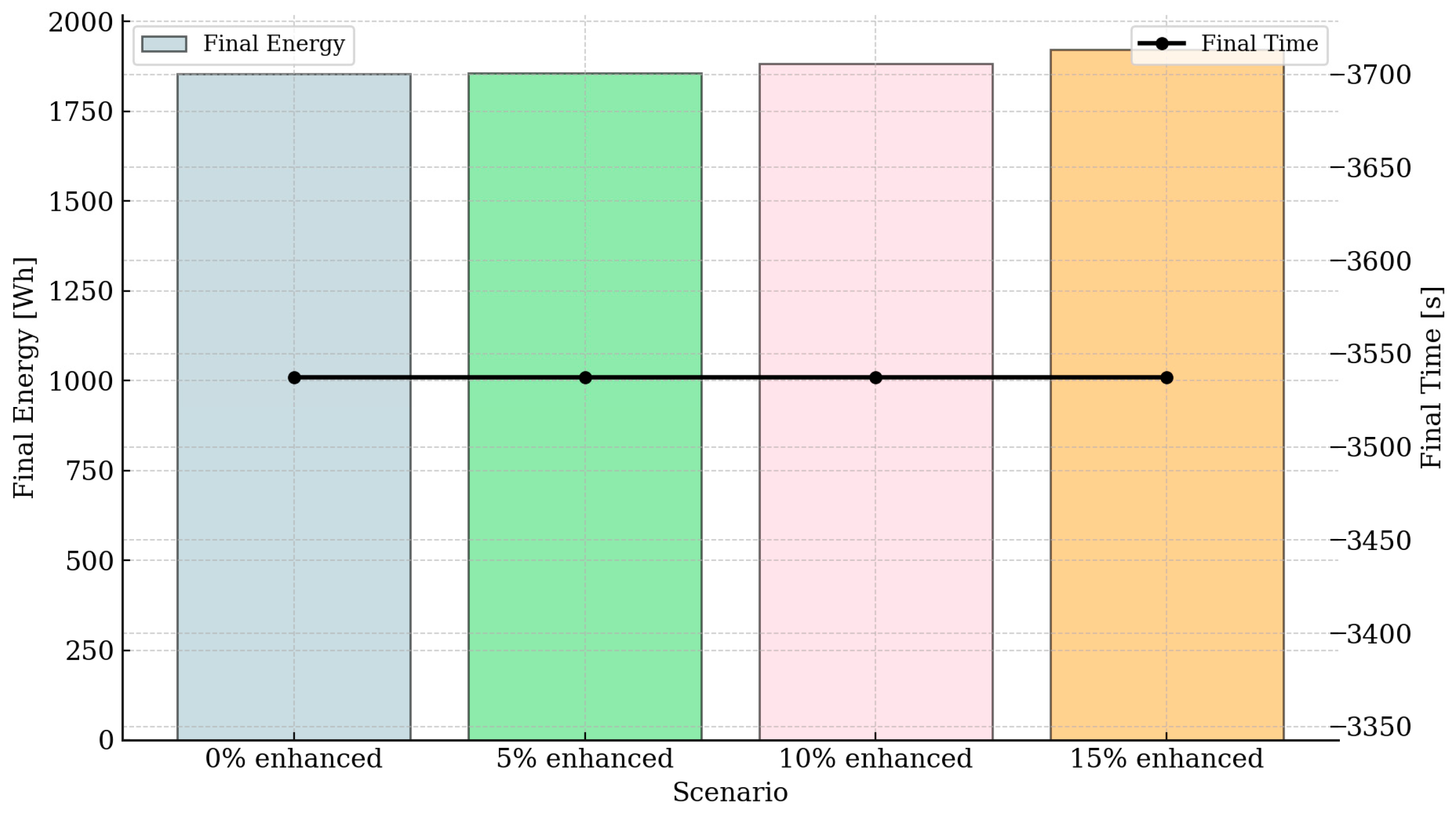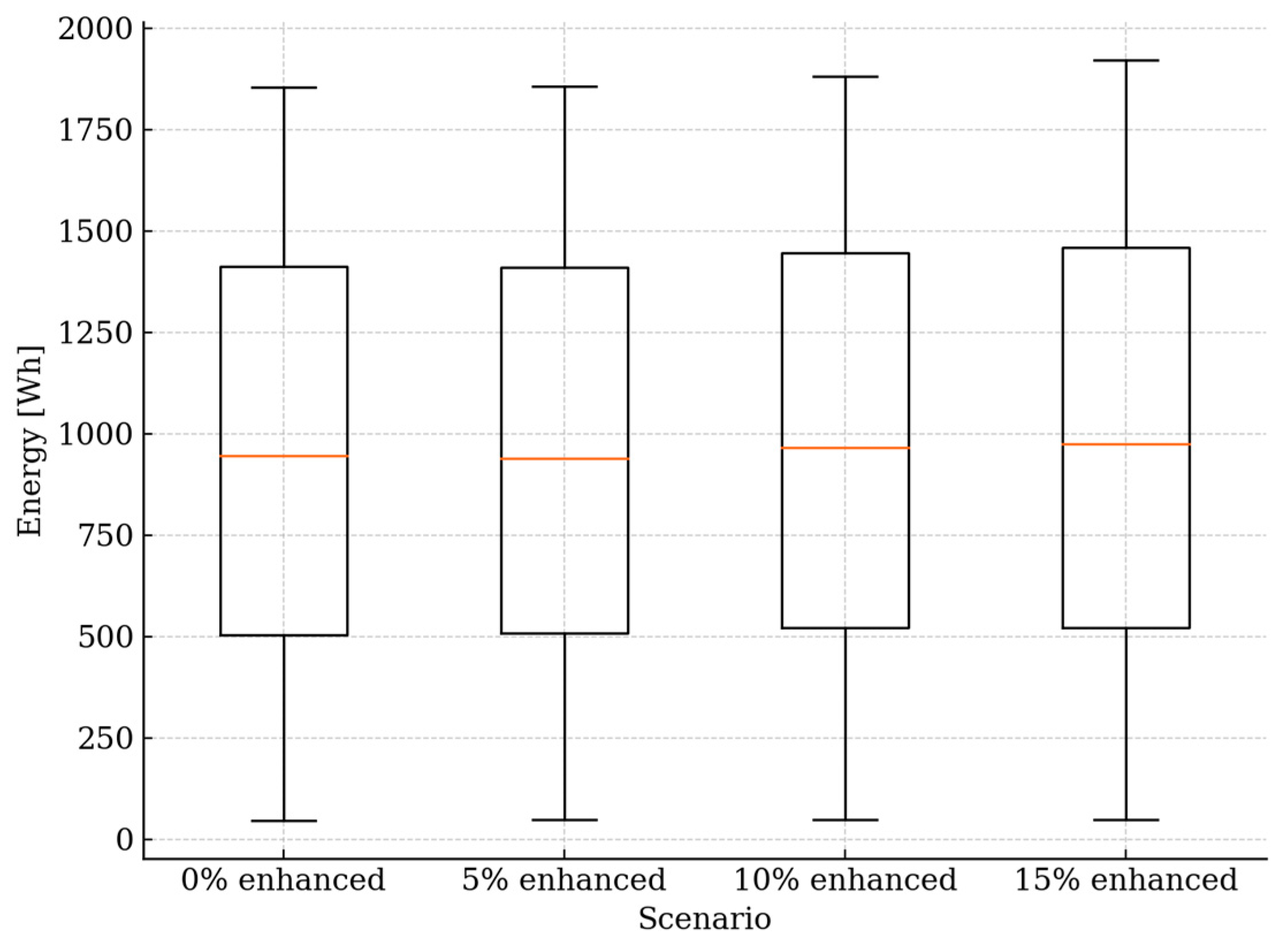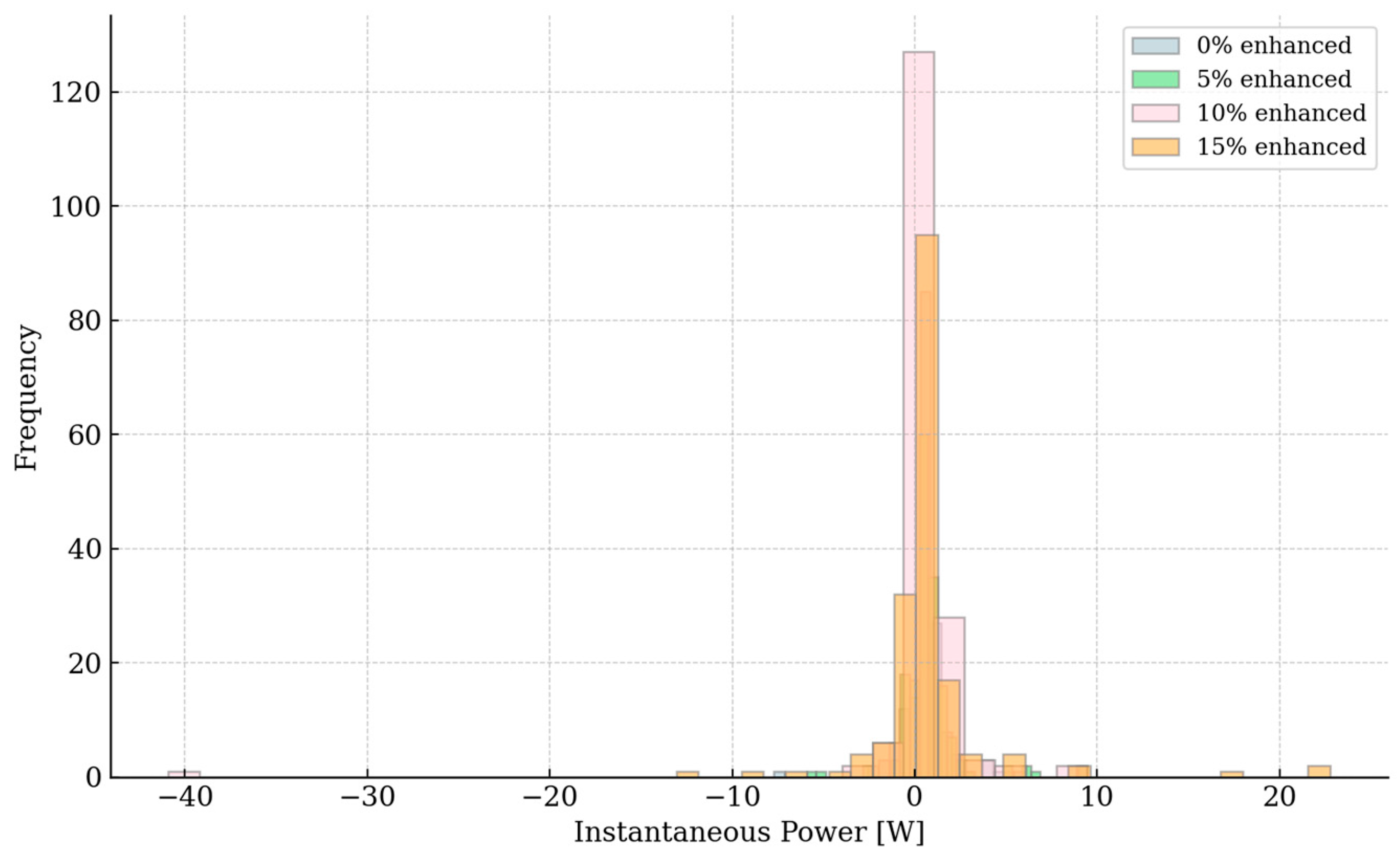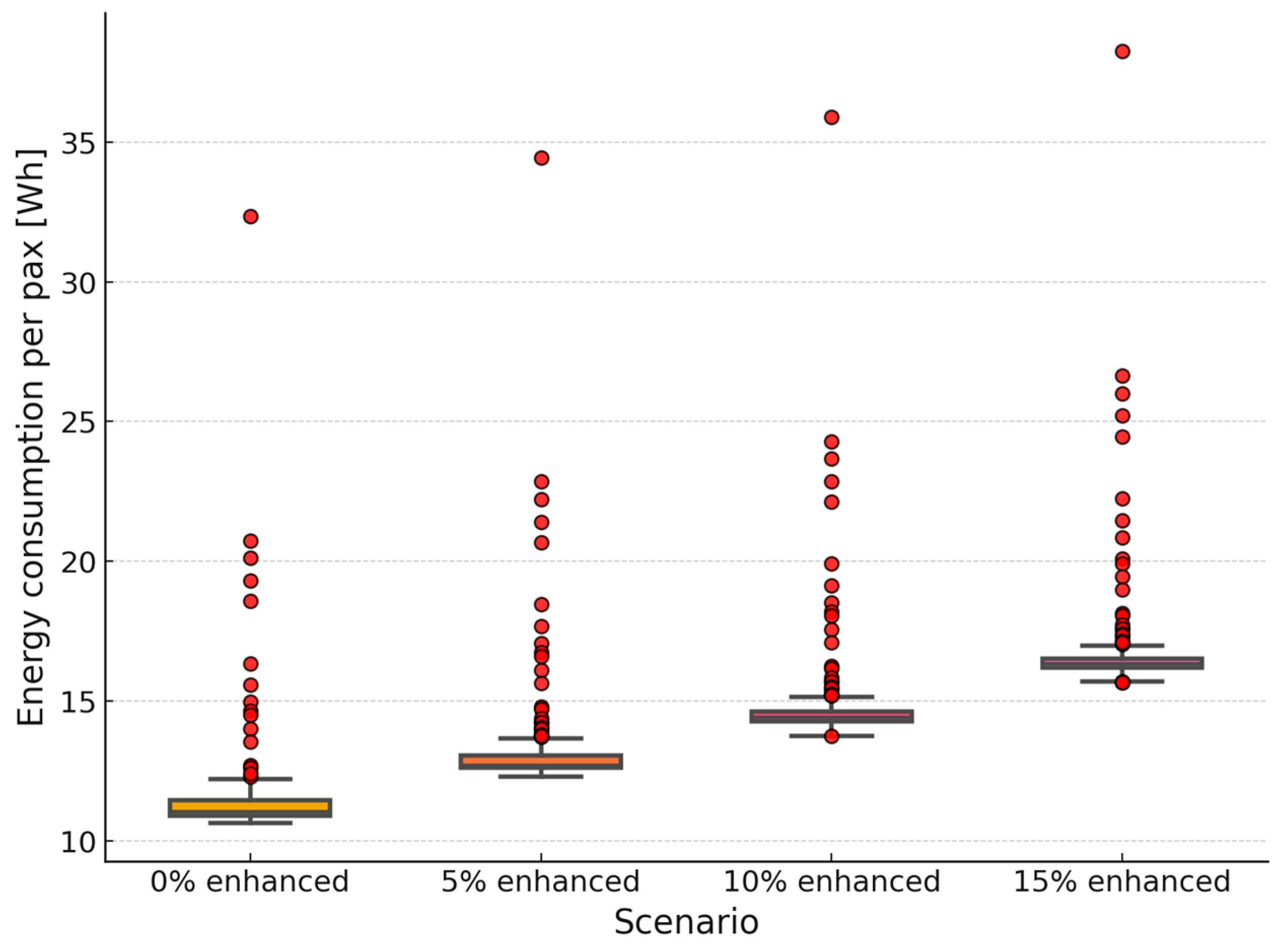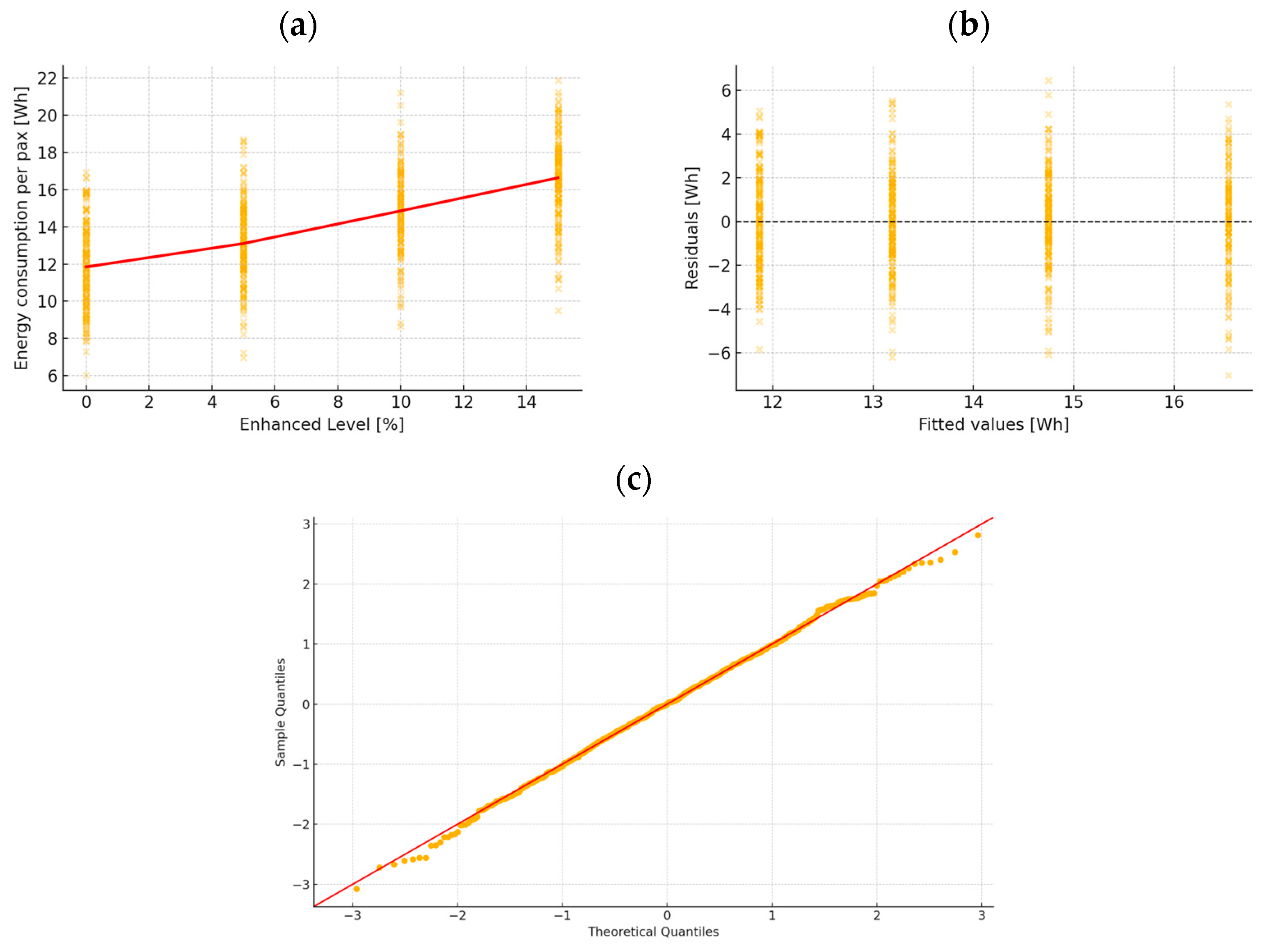1. Introduction
The contemporary civil aviation sector operates within an increasingly complex global context, marked by intensified globalisation, the growing internationalisation of passenger flows, and the evolution of asymmetric threats, including terrorism, cyberattacks, and transnational crime. In such a dynamic and multidimensional operational environment, ensuring the effectiveness of aviation infrastructure protection systems requires advanced technological capabilities, procedural flexibility, and the systematic integration of sociocultural determinants. Passenger security screening protocols—a core component of the aviation security architecture—must respond not only to threat detection requirements but also to growing expectations regarding operational efficiency, procedural ergonomics, and energy resource optimisation.
In this context, cultural factors—including social norms regarding physical contact, religious practices influencing clothing, linguistic barriers that impede communication, and divergent perceptions of technology—can significantly impact the course of screening procedures. Cultural differences may affect the frequency of security officer interventions, passenger processing times, and the likelihood of alternative methods being employed (e.g., manual searches or explanatory dialogues), leading to increased infrastructure load and elevated energy demand associated with detection technologies [
1,
2].
From an institutional perspective, the International Civil Aviation Organisation (ICAO), in its
Global Aviation Security Plan [
1], explicitly emphasises the necessity of incorporating cultural considerations into national aviation security frameworks. Security culture is defined therein as a collective set of beliefs, values, and organisational practices that shape the implementation of protective measures, with its proper cultivation regarded as a prerequisite for the effective execution of preventive actions in an international operating environment [
3].
Operational experience demonstrates that failure to align security procedures with local and regional cultural contexts may result in a heightened risk of interpersonal conflict, reduced passenger satisfaction, and substantial reductions in airport operational efficiency. Empirical evidence from sub-Saharan African airports confirms a correlation between culturally insensitive procedures, increased demand for secondary screening, and excessive loads placed on energy infrastructure [
4].
In response to these challenges, numerous airports have adopted diversity, equity and inclusion (DEI) strategies that include intercultural training for security personnel, inclusive recruitment practices, the provision of private screening areas for culturally sensitive passengers (e.g., those wearing religious garments), and the deployment of alternative communication tools such as visual instructions, automated translators, and multilingual passenger information systems. For instance, airports in the Gulf region have implemented operational training programmes comprising modules on intercultural communication, conflict resolution, and religious awareness [
5].
The present study aims to analyse the impact of cultural factors on selected performance parameters of airport security screening checkpoints, with a particular focus on two operational dimensions: (1) checkpoint throughput (measured as the number of passengers processed per unit of time) and (2) energy consumption of screening equipment. The research employs methodological triangulation, combining empirical data analysis, operational scenario modelling, and an in-depth review of domain-specific literature. The findings aim to inform strategic recommendations for designing culturally responsive and energy-efficient security systems, thereby contributing to improved quality and sustainability in global aviation security management.
2. Background
Following the current legal framework of the European Union, particularly Commission Implementing Regulation (EU) 2025/920 and its annexes, passenger security screening constitutes a fundamental element of the civil aviation security system. Its principal function is preventive, aimed at mitigating risks related to acts of unlawful interference. The primary purpose of security screening is to detect and prevent the introduction of prohibited items—including explosives, firearms, and other devices or substances as defined by international and European regulations—into aircraft cabins or security-restricted areas of airports. By ensuring the effective identification and interception of such prohibited articles, the screening process safeguards the integrity and security of civil aviation operations.
Security screening procedures are clearly defined and encompass manual searches, walk-through metal detectors (WTMD), hand-held metal detectors (HHMD), trace detection systems (ETD), non-ionising millimetre-wave body scanners (BS), footwear screening devices (SMD and SED), and specially trained canine units. Equivalent provisions apply to the screening of cabin baggage, particularly concerning liquids, aerosols, and gels (LAGs), which must be carried in transparent, regulation-compliant bags and analysed using dedicated liquid screening technologies or C2/C3 scanning systems capable of assessing contents without unpacking. Details are presented in
Figure 1.
Although the regulatory framework is unambiguous, the operational implementation of these procedures encounters significant challenges stemming from the increasing cultural, religious, and linguistic diversity of passengers.
Considerations such as the protection of personal dignity, the need for privacy, divergent social norms concerning physical contact, and differing perceptions of technology all influence both the conduct and perception of security screening processes. Manual screening is a highly sensitive activity. While functionally necessary, it demands a high degree of interpersonal skill, empathy, and cultural awareness from security staff.
For individuals wearing traditional or religious garments (e.g., galabiyas, hijabs, turbans, saris), screening must be conducted in the least invasive manner possible, with full respect for cultural norms. Where necessary, this includes providing a private screening area and assigning an officer of the same gender. Such considerations are also critical in situations where religious doctrine prohibits physical contact with members of the opposite sex—non-compliance in these contexts may be perceived as a violation of fundamental human rights.
Language barriers present an additional operational challenge. A lack of common language, differences in writing systems, or limited communicative ability on the part of the passenger can substantially hinder the effectiveness of screening procedures. In such cases, the use of visual aids, pictograms, multilingual information cards, and—at high-capacity airports—interactive information systems and cultural interpreters is strongly recommended. Security screening officers (SSOs) must be equipped to employ non-verbal communication techniques and to interpret signs of discomfort resulting from cultural misunderstanding rather than wilful non-compliance.
Passenger perceptions of technology further influence screening efficiency. Individuals from certain cultural backgrounds may be apprehensive about using body scanners, perceiving them as invasive or potentially harmful. In these instances, transparent and informative communication is essential, including an explanation of the device’s function, assurance of health and privacy safeguards, and the option to undergo an alternative procedure (e.g., manual search). Although such accommodations may increase screening time, they foster trust and significantly reduce the risk of conflict.
All the aforementioned factors directly impact checkpoint throughput, human resource allocation, energy consumption, and the overall operational efficiency of airport terminals. In response, many airports are implementing policies that integrate intercultural components into their security operations. For example, Schiphol Airport in Amsterdam has introduced comprehensive training on cultural diversity and bias mitigation, resulting in a reduction in passenger complaints and an improvement in satisfaction indicators. Toronto Pearson International Airport has adopted a “culturally responsive screening” model featuring cultural interpreters, private screening facilities, and multilingual visual communication. Similar initiatives have been implemented at airports in Singapore, Tokyo, and Helsinki, with a strong emphasis on predictive passenger flow management and real-time operational support.
These efforts are often embedded within broader DEI strategies, which are gaining prominence across the civil aviation security sector. Organisations such as the International Air Transport Association (IATA) and ICAO have emphasised the importance of embedding diversity into human resources and service delivery frameworks. A notable example is IATA’s “25by2025” initiative, which aims to increase female representation in aviation leadership roles by 2025. In the security context, DEI strategies encompass cultural competence training, merit-based recruitment, fostering inclusive workplace environments, and ongoing procedural audits to ensure fairness and non-discrimination. One of the primary arguments for adopting Diversity, Equity, and Inclusion (DEI) in aviation security is enhanced risk management: culturally and cognitively diverse teams are more likely to engage in critical thinking, identify emerging threats more rapidly, and respond adaptively under pressure.
4. Methodology
The present study aimed to investigate the impact of cultural factors on the operational efficiency and energy consumption of airport security screening systems, with particular emphasis on differences in the handling of passengers requiring enhanced screening. The research was experimental and was designed to account for both the technical parameters of screening devices and the behavioural aspects of passenger flow.
4.1. Research Environment
The study presented in the article was conducted at the largest regional airport in southern Poland, serving an average of 4000 passengers per day. Data were collected from January to March 2025 during peak hours (6:00–10:00 and 16:00–20:00) to account for the maximum variability of passenger flow. The sample consisted of a total of 660 passengers, divided into four scenario groups: 171 in the first and second scenarios (“0% and 5% enhanced”, respectively), 164 in the third scenario (“10% enhanced”), and 154 in the fourth scenario (“15% enhanced”). Research on the impact of the cultural and religious diversity of passengers on the throughput of the airport security control system was conducted in the form of an observational study in a real operational environment. The study systematically observed the behaviour of passengers while passing through security checkpoints, with particular emphasis on their reactions to standard procedures such as removing shoes, passing through detection gates, and undergoing body searches.
The study employed an original method for measuring energy consumption, drawing on existing literature on monitoring operational infrastructure. Energy consumption sensors recorded real-time consumption of scanning equipment, correlated with passenger ID. All data collection and storage procedures received a positive opinion from the university ethics committee. Passengers were informed about the study and had the opportunity to refuse participation. CCTV recordings were used only to record the time and number of operations, not to identify individuals. All materials were deleted after the analysis was completed.
The procedure for implementing four different scenarios (0%, 5%, 10% and 15%) adopted in this study is based on the results of previous studies on the effectiveness of manual procedures and international safety standards. Studies [
17,
18,
62,
63] have shown that under normal conditions, approximately 10–15% of travellers require personal checks or additional manual procedures. Since, in our model, we already assumed a starting level of 10% of mandatory inspections (following [
64,
65]), it was reasonable to introduce an “extended” scenario at the level of 15%, which corresponds to the upper limit recommended in the literature and allows for examining the actual impact of reinforced procedures, taking into account the cultural factor, on energy consumption.
4.2. Research Description
In the initial stage, energy consumption monitoring devices were installed at three key security screening points: the walk-through metal detector (WTMD), the X-ray baggage scanner, and the explosive trace detection (ETD) device. Measurements of energy consumption were temporally synchronised with a system recording the progression of passenger processing, thereby enabling precise correlation between energy use, device activity, and passenger traffic intensity.
The analysis of energy consumption revealed that the WTMD consumes a constant amount of energy regardless of whether a passenger is passing through or the device is in standby mode. In contrast, the X-ray and ETD devices exhibit variable energy consumption, with higher values during active scanning and lower values during periods of inactivity, as detailed in
Table 1.
This differentiated energy profile underscores the importance of distinguishing between device operating states when evaluating the energy efficiency of the security screening system.
To examine the impact of a heterogeneous passenger composition on system performance and energy consumption, a model involving passenger proxies (statistical actors) was employed. These proxies were introduced into the security screening queue to represent groups requiring enhanced screening due to cultural or religious attire or behaviour, such as individuals wearing burkas or turbans. To maintain a realistic passenger flow and simulate system loads ranging from 85% to 100% of nominal capacity, the proportion of passengers requiring enhanced screening in the test stream did not exceed 15%. Four different scenarios were analysed. The base scenario was a scenario in which there were no passengers requiring special procedures due to cultural or religious differences. In the remaining three scenarios, the share of such passengers in the serviced stream was 5%, 10% and 15%, respectively. At the outset, proxies representing different categories were introduced evenly; in subsequent phases, individual groups were isolated to precisely determine the effect of specific cultural factors on system parameters.
Data collection was conducted with one-minute resolution, recording the following variables: the number of passengers within the security screening system, the number of passengers requiring enhanced screening, the number of individuals awaiting screening, and the real-time energy consumption of the screening devices. Additionally, statistical data aggregation was performed every 15 min, allowing for the analysis of changes in passenger flow intensity and energy use across periods with varying loads.
The empirical analysis included the correlation between the percentage share of passengers requiring enhanced screening and changes in checkpoint throughput, as well as energy consumption per passenger. The results enabled the modelling of operational scenarios that accounted for cultural diversity in passenger flows and their effect on the energy and logistical efficiency of the security screening system.
An integral element of the methodology was the consideration of human factors, specifically the competence and behaviour of security screening personnel. Cultural awareness and interpersonal skills of officers were regarded as essential for the proper implementation of procedures tailored to the needs of various passenger groups. The study employed methodological triangulation, combining quantitative data, qualitative observations, and computer simulations, which yielded a comprehensive perspective on the phenomenon under investigation.
The described research methodology ensures a high degree of reliability and validity of the obtained results, providing a robust foundation for the formulation of operational and strategic recommendations aimed at optimising the functioning of airport security screening systems, with full consideration of cultural aspects and energy efficiency.
5. Results and Discussion
The conducted study demonstrated that the proportion of passengers requiring enhanced security screening exerts a measurable influence on both the energy and operational parameters of the checkpoint system.
In
Figure 2, the cumulative energy consumption (in Wh) is plotted against elapsed time for scenarios in which 0%, 5%, 10%, and 15% of passengers undergo enhanced screening. Although all curves are approximately linear, their slopes increase sharply as the share of enhanced-screening passengers grows in the 15% scenario; the average slope is about 3.3% higher than in the 0% baseline. This discrepancy accumulates to approximately 65 Wh within an hour, which, when extrapolated to a daily cycle and millions of passengers, represents a significant burden on the airport’s energy budget.
Numerical differentiation of the cumulative energy curves yields the instantaneous power profile shown in
Figure 3, which reveals brief power spikes exceeding +20 W as well as occasional drops down to −40 W. Both the frequency and amplitude of these transients increase with the percentage of enhanced-screening passengers, indicating more frequent switching of X-ray and ETD devices between standby and active scan modes. Although these transients are short-lived, they may require additional power reserves and can impact the durability of electrical infrastructure.
Figure 4 presents the mean power consumption (
= E_final/t_final) for each scenario, increasing from approximately 0.52 W in the 0% case to roughly 0.54 W in the 15% case. This upward trend confirms a systematic degradation of energy efficiency as procedural load increases.
Figure 5 combines the final total energy with the total process duration, showing that a higher share of enhanced screening prolongs the operation time by approximately 0.6% and increases energy usage by more than 4%. This clearly illustrates a trade-off between security level, energy efficiency, and throughput capacity.
The distribution of cumulative energy values within each scenario, depicted as a boxplot in
Figure 6, shows the median rising from approximately 940 Wh to about 970 Wh, alongside an increase in the interquartile range and the number of outliers under higher enhanced-screening shares, thus confirming growing variability.
Figure 7 shows that the distribution of instantaneous power becomes broader and more asymmetric in scenarios with deeper control.
The analysis results provide several concrete recommendations for airport management. First, the scheduling of emergency power supplies and reserve capacity must account for the abrupt load surges observed in
Figure 3 and
Figure 7, which occur when screening devices transition between standby and active scanning modes. Second, the formulation of energy budgets and tariff structures should be based on the systematically increasing average power draw (
Figure 4) as well as on the total energy consumption and extended system run-time (
Figure 5).
The next step, following the descriptive statistical analysis of energy consumption in the airport security control system, was to focus efforts on analysing the energy intensity of the passenger screening process. To this end, an ANOVA was conducted. The statistical analysis began with verification of a key ANOVA assumption, namely the homogeneity of variances among the compared groups. Levene’s test was applied for this purpose, with a result (p = 0.99) indicating no significant differences between group variances. This means the assumption of variance homogeneity was met, and there were no obstacles to applying classical ANOVA and post-hoc Tukey HSD tests, even with unequal group sizes.
Subsequently, a one-way analysis of variance was carried out for four independent groups, each representing a consecutive operational scenario. The ANOVA results revealed highly statistically significant differences between groups (F (3, 656) = 154.11; p < 0.0001). The effect size (eta squared, η2 = 0.41) suggests that the factor under study (increasing cultural diversity of passengers in each scenario) accounts for as much as 41% of the observed variance in energy consumption. This effect confirms the very significant impact of the implemented operational changes on energy efficiency.
The next step involved Tukey post-hoc tests, which, by accounting for unequal sample sizes and maintaining error control, enable reliable pairwise comparisons between groups. The results of these tests demonstrated that all scenario pairs differed significantly from each other (p < 0.001), confirming a systematic and predictable increase in energy consumption as more advanced operational procedures were introduced.
The table of descriptive statistics (
Table 2) reveals a clear, gradual upward trend in average energy consumption across consecutive scenarios. In the “0% enhanced” scenario, the mean energy consumption per pax was 11.66 Wh (N = 171); in “5% enhanced”—13.37 Wh (N = 171); in “10% enhanced”—14.97 Wh (N = 164); and in “15% enhanced”—16.96 Wh (N = 154). Comparing these research results with those presented in [
17,
66], the energy consumption per person in this case is even 30% higher. These differences are not only statistically significant (all pairwise comparisons in Tukey’s post-hoc tests:
p < 0.001) but also practically meaningful, as there is a consistent, linear increase in energy consumption with the implementation of more advanced scenarios.
It is important to note that the lower sample sizes in scenarios 3 and 4 (“10% enhanced” and “15% enhanced”) resulted from the need to implement expanded control procedures for both baggage and passengers, which is typical for real operational conditions and reflects the influence of process complexity on data acquisition capability.
The visualisation of the data in the form of a boxplot (
Figure 8) and the distribution of individual measurements provides a better understanding of both central tendencies and variability, as well as the presence of outliers in the analysed scenarios. In each successive scenario, there is an apparent, systematic increase in both the median and average energy consumption. At the same time, the width of the boxes and the length of the whiskers remain stable. This indicates that the implemented changes did not generate uncontrolled fluctuations and that processes remained predictable and well managed, even as procedures became more complex.
The increased values of the standard deviation observed in the analysed scenarios, as well as the presence of outliers on the graph, are a direct reflection of the complexity and variability of security control processes in real conditions. The method of checking passengers and their baggage is characterised by significant operational diversification, resulting from both different behaviours and the varying number of bags carried by individual travellers, as well as from individual cases that require a more detailed or time-consuming procedure (e.g., random checks, system alarms, non-standard baggage, and additional security activities). As a result, even within a single scenario, individual energy consumption measurements can significantly deviate from the average, resulting in increased data dispersion and the emergence of extreme values.
Outliers, visible as individual observations that exceed the typical range of values, are therefore a natural consequence not only of the process’s specificity but also of the large number of samples and the broad spectrum of cases covered by the analysis. Their presence does not indicate measurement errors or irregularities in data collection. Still, it reflects real operational variability and sporadic occurrence of non-standard situations, which cannot be eliminated in field studies. Both the value of standard deviation and outliers should therefore be treated as a valuable source of information about the authentic course of the process, and not as elements distorting the interpretation of results.
A natural complement to the ANOVA results was to perform a multinomial regression analysis. This method was chosen for several key methodological reasons. ANOVA only allows for comparisons of means between discrete groups (“0%,” “5%,” “10%,” “15%”), not considering the full continuum of the independent variable. Polynomial regression treats the enhancement percentage as a continuous variable, allowing for modelling and assessing the shape of the relationship curve (linear and weakly nonlinear) and examining possible threshold effects or saturation at higher levels. Furthermore, regression provides direct parameter estimates (trend slope and acceleration) and measures of model fit (R2), which significantly deepen the conclusions drawn from the ANOVA itself and allow for quantification of the “energy cost” of each additional percentage point. Residual diagnostics (residual plots, Q-Q plot) also allow us to verify key model assumptions (normality, homoscedasticity), which is more difficult to perform precisely in the context of ANOVA.
Finally, regression analysis opens the door to scenario simulations and energy consumption forecasting for any parameter setting, providing a valuable tool for airport managers.
The detailed results of the polynomial regression analysis are presented in
Table 3 and
Figure 9.
Figure 9 a shows a clear, nearly linear relationship between the percentage of passengers directed to enhanced screening (“Enhanced Level [%]”) and average energy consumption. Initial local smoothing highlights that energy consumption systematically increases with increasing screening levels, with a slight flattening observed at the highest points, consistent with the quadratic term included in the model.
An analysis of the residuals as a function of the fitted values (
Figure 9b) reveals their uniform dispersion around the zero line, with no discernible pattern of dependence on the consumption level predicted by the model. The lack of increasing width of the residual dispersion with the fitted value demonstrates that the assumption of homoscedasticity is met, and the variances of the residuals are stable throughout the prediction interval.
Figure 9c also confirms that the residuals approximate a normal distribution—the points are aligned close to the reference line, with occasional, mild deviations at the extremes, indicating acceptable levels of skewness and kurtosis. This allows us to conclude that the quadratic regression model meets key assumptions regarding the distribution and variance of errors, ensuring the reliability of parameter estimates and the validity of forecasts.
The fitted polynomial model, including both linear and quadratic components, explains 98.5% of the variance in energy consumption (R2 = 0.985). The obtained results show that increasing the share of culturally diverse passengers initially increases energy expenditure almost linearly, while at the highest levels, the deviation from linearity is minimal. Practically speaking, this means that each additional 1% of passengers directed to enhanced screening increases average energy consumption by approximately 0.37 Wh per person. The slow increase at 15% suggests a mild infrastructure saturation effect, typical of a sudden increase in load.
A high R2 value ensures that the proposed model explains almost all the variability in energy consumption, which has significant practical implications. It allows for the prediction of operational impacts and the optimisation of procedural scheduling in a predictable and controllable manner. Therefore, combining ANOVA with polynomial regression creates a coherent, multivariate analytical framework that provides both evidence of the significance of differences and tools for their quantitative description and prediction.
This stability and predictability of results are of significant value from the perspective of organisational management. The literature on diversity management and cultural competencies [
67,
68,
69] emphasises that the implementation of DEI policies and cross-cultural training is not directly associated with an increase in energy consumption, but may indirectly support process stability by improving collaboration, communication, and operational efficiency. Thus, the gradual, predictable increase in energy consumption observed in this analysis may be interpreted as evidence of the effectiveness of the implemented procedures and the organisation’s ability to control energy costs while achieving qualitative objectives.
When analysing the results from a cost–benefit perspective, it is worth noting that a moderate increase in energy consumption should not be regarded as an obstacle, but rather as a predictable cost accompanying the pursuit of other valuable objectives, such as improved service quality, security, or team cooperation efficiency.
In interpreting the results, it is necessary to consider the limitations of the analysis. Firstly, the group sizes were unequal, which could affect the precision of variance estimation. However, Levene’s test confirmed homogeneity of variances, and the large number of observations in each group increases the credibility of the results. Secondly, the study did not analyse the direct impact of specific DEI actions or other organisational factors on energy consumption—the conclusions pertain more to the general predictability of the process.
A further limitation of this study is that, from a management perspective, the cost–benefit analysis should consider not only the measurable increase in energy consumption resulting from the implementation of more advanced scenarios, but also the potential long-term organisational benefits that may arise from improved collaboration, higher service quality, or more efficient management. The observed moderate increase in energy consumption should therefore be viewed not as an obstacle, but as a predictable cost associated with achieving other valuable objectives.
Research has shown that, in parallel with energy planning, throughput optimisation at security checkpoints should utilise adaptive lane allocation algorithms and dedicated processing lanes for passengers requiring enhanced screening. Equally critical are training programs that develop the intercultural communication skills of staff, thereby minimising the need for additional interventions and reducing the number of re-scans. This approach, in turn, mitigates the negative impact on throughput and improves the overall energy efficiency of the system. By considering the relationship between passenger cultural profiles and energy consumption characteristics, it becomes possible to design a screening process that is both sustainable and reliable, combining the highest standards of protection with optimised operational and environmental costs.
6. Conclusions and Future Work
The analysis of the obtained results indicates that the increasing share of passengers requiring enhanced security screening, primarily associated with cultural diversity and personal differences, constitutes a significant factor influencing both the operational efficiency and cost structure of airport security checkpoints. Considering these findings, the authors recommend that multifaceted managerial and organisational measures be implemented to maintain appropriate system throughput while minimising operational and energy costs.
One of the key directions for intervention should be the flexible scheduling of security checkpoint operations, based on regular analysis of passenger structure and forecasting periods of increased participation of individuals requiring extended procedures. This approach enables the dynamic adjustment of the number of active checkpoints to meet current needs, optimising the use of both human and technical resources. Simultaneously, a crucial element of management strategy is the development and implementation of advanced tools supporting intercultural communication. The application of visual solutions, pictograms, and informational materials in multiple languages, as well as systematic staff training in cultural competencies, contributes to reducing service times and minimising the number of unanticipated interventions.
In terms of efficient resource management, it is essential to implement systems enabling the dynamic allocation of checkpoints and staff based on current operational data. This practice enables rapid adaptation to changing passenger structures, reducing the risk of process bottlenecks. Additionally, where justified by passenger composition and cultural requirements, it may be appropriate to designate dedicated checkpoints for individuals requiring specific procedures, which significantly enhances passenger comfort and limits negative impacts on the overall process flow.
A critical component of systematic improvement is the regular monitoring of operational and energy indicators, including periodic audits of efficiency and energy consumption. This approach facilitates early identification of trends, process optimisation, rational investment decisions, as well as transparent reporting of the effects of implemented measures. Cooperation with airlines—incorporating analytical results into tariff and cost policies and maintaining clear communication regarding the causes and consequences of any service cost increases—promotes transparency and enhances the effectiveness of the entire airport ecosystem.
The impact of these findings on shaping airport environmental policy is significant. The increase in energy consumption associated with the growing number of enhanced screenings, although relatively small in hourly terms, translates into a considerable rise in the airport’s carbon footprint over the course of a year and millions of processed passengers. Consequently, in accordance with the guidelines of international organisations such as ICAO and ACI Europe, airport operators should incorporate these results into their decarbonisation strategies and plans for reducing greenhouse gas emissions. Of particular importance is investment in high-energy-efficiency technologies, such as the implementation of modern devices with reduced energy consumption and the modernisation of infrastructure, for example, using LED lighting in control zones.
Parallel to this, raising ecological awareness among personnel is essential, through training in the practical use of equipment, minimising device idle states, and implementing best practices in workstation configuration. Transparent reporting of energy consumption indicators as part of ESG reports represents a crucial aspect of management, enabling benchmarking against other airports internationally and strengthening competitive position. Ultimately, the effective implementation of these recommendations requires close cooperation between airport operators, airlines, technology providers, and supervisory institutions, focused on designing solutions that optimise both operational safety and energy usage.
The authors’ future research directions include three trends. In the first case, it is planned to develop detailed forecasting models that consider variables such as cultural background, knowledge of foreign languages, or special needs, to predict system load and optimise resource allocation more accurately. In the case of the second trend, detailed decarbonization strategies will be developed that take these data into consideration. As a third direction for future research, the authors propose building a compromise model that combines four yet often contradictory goals: a high level of passenger safety, optimisation of energy consumption, maintaining an acceptable level of service (LOS), and punctuality of air traffic. Previous works have focused mainly on individual aspects of this system—minimising delays, reducing energy consumption of control devices, improving LOS or strengthening safety procedures. As a result, no integrated approach allows for precise planning of control during peak hours or implementation of dynamic queue management algorithms, thus minimising energy consumption and the risk of delays while maintaining the assumed safety and quality of service standards.
In summary, implementing the conclusions from research will enable airports not only to manage the growing complexity of passenger services more efficiently but also to achieve environmental objectives and build a competitive advantage in the dynamically changing aviation transport sector.

